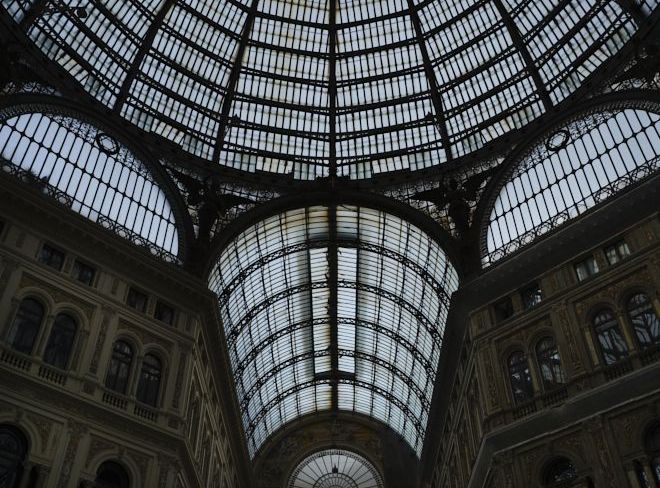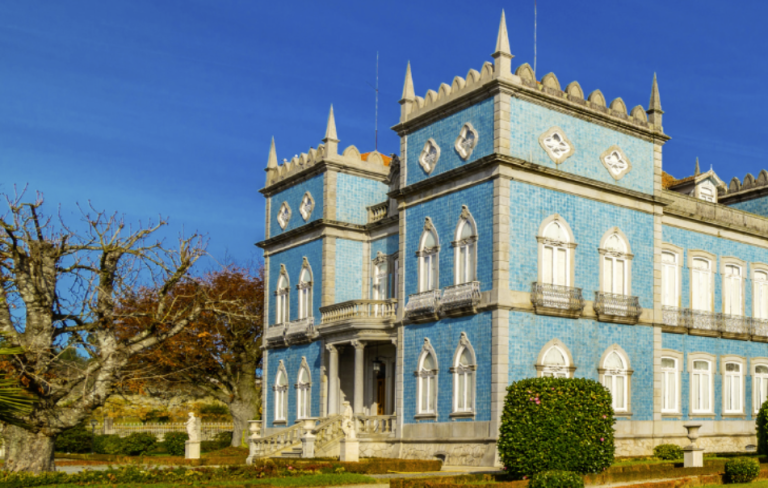Bauhaus architecture revolutionised house building after the First World War. This architectural style is still regarded today as a classic in the history of modern architecture. The Modernist movement transformed the art, design, crafts, and architecture of the 20th century. The style and spirit persist even today, from IKEA’s furniture all the way up to Mies van der Rohe’s Chicago skyscrapers.
The online magazine Luxury Defined of Christie’s International Real Estate showed in a newly published article how the Bauhaus School still characterises today’s architecture using the examples of 4 recently built houses.
Luxury Defined wrote: “The Bauhaus (…) school of art and design opened in Weimar, Germany, in 1919. Founded by architect Walter Gropius, its “preliminary course,” supervised by the revered artist-teacher Josef Albers, taught form and color theory, composition, life drawing, and visual analysis. Albers’ wife, Anni, – considered the greatest textile designer of the 20th century – taught weaving and design. More advanced art courses were led by Paul Klee, Wassily Kandinsky, and the like.” And continued: “The Bauhaus architects embraced new construction techniques and materials. Rather than conceal a building’s structural components, they would showcase beam, truss, and rafter. They shunned the elaborate and merely decorative in favor of geometric rigor, minimalist simplicity and richness of material that delighted the eye. “
But Bauhaus lives on and continues to evolve today. Therefore Luxury Defined cherishes these Bauhaus-inspired luxury homes.
39 Penny Lane in Scarsdale, New York

Designed by Bauhaus School architect Paul M. Doering, 39 Penny Lane is an exemplar of the style—a rare find indeed in the state of New York. TThoughtful preservation followed the original vision with an eye toward modern luxuries. Yet the simplicity of the 1930s design remains perfectly, precisely intact: walls of glass block, industrial-grade steel and concrete, warmed by herringbone parquetry and wood flooring, mahogany accents and muted color schemes, sleek geometries, and steel-railed balconies, and an exterior stone stairway in dialog with the outdoors.
Modernist Villa in Munich, Germany

Glass panels punctuate the living spaces of this elegant contemporary villa in Munich’s Herzogpark. The elegant geometries of this Bauhaus-inspired contemporary villa grace the wooded environs of The Herzogpark, Munich’s embassy belt. Its cubic design, white paint scheme, and monumental glass walls create a floating effect. The floor plan extends to 6,135 square feet across four levels linked by an elevator.
The Lakehouse in Kangaroo Valley, New South Wales, Australia

Elegant and linear, The Lakehouse nestles over Lake Yarrunga in New South Wales, about midway between Sydney and Canberra. Sleek lines and rich materials exalt The Lakehouse, with its elevated lakeside setting on 36 pristine acres overlooking Lake Yarrunga and the Kangaroo Valley Escarpment in New South Wales. Masterfully designed by architect and singer-songwriter Alfie Arcuri, The Lakehouse great room’s large, north-facing windows capture all-day artist’s light. They open to an elevated terrace with a 12-meter infinity pool and spa with travertine-tiled surrounds above the irrigated lawns, sunken lounge, and formal gardens.
Prince Edward Bay Estate in Ontario, Canada

This Bauhaus-inspired lake house is oriented to frame the waters of Prince Edward Bay on the northern shore of Lake Ontario. The contemporary dwelling is immersed within 43 forested acres the lake’s shore. The two-story home is discreetly hidden upon approach. The views of the lake are revealed through glass-curtained walls in the entrance hall. The interiors are zoned for quiet relaxation and elegant entertaining. The warm palette and natural materials are in harmony with the surroundings. Oversized windows and sliding doors throughout showcase the easterly views of the bay.
Seeking Bauhaus for your house? Begin here.</


